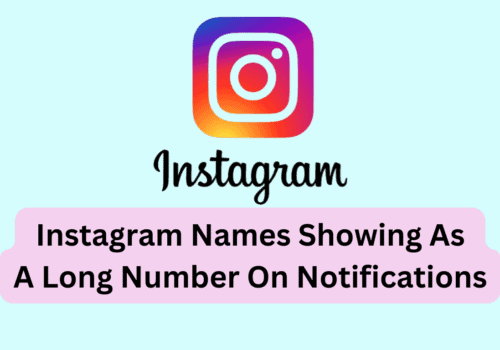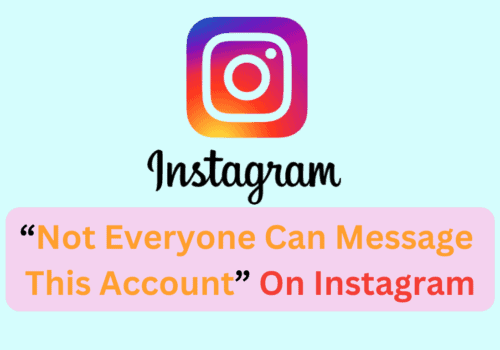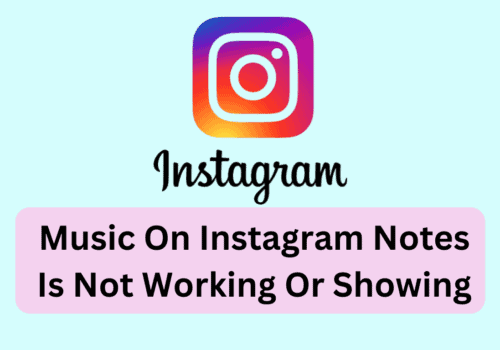Instagram is one of the apps that ask for two-factor authentication from its users.
In such case, you will need to use a phone number where Instagram will be sending you a text so that they can verify your identity.
It is important to do this because there are so many cases of fake users nowadays.
However, keep in mind that you check the code sent by Instagram so as to make sure that it is not a fraud.
Instagram will always write that it is sent by Instagram in the text.
What Is Instagram’s SMS Code?
When you go for two-factor authentication Instagram will send you a code in your phone if you opt for that option.
There will be an SMS code sent to you.
Basically, it is to verify whether you are a real person and your identity.
To do this Instagram will send you a code which is a six-digit number, something similar to “231 576” to the phone number that you provided to Instagram.
You will need to put this six-digit code on the Instagram verification page.
What Number Does Instagram Send Codes From?
When you opt for the two-factor verification on Instagram, it will send you a code for the verification of the account.
Instagram send code from this number: 57273200.
Note: I tried myself and got code from above mentioned number.
The two-factor authentication system protects your account from any kind of threats where there might be someone who wants to login into your account from a different device.
You can access this authentication in 3 ways.

WhatsApp: Through WhatsApp you can first turn on the text message security method and after that, you can just turn on the WhatsApp security method to get the login code from Instagram in your WhatsApp.
Phone number: A login code will be sent to the phone number that you have given to Instagram.
Through the authentication app: This is the method that Instagram recommends that you do.
But to do this you will have to download an authentication app such as Google Authenticator or Duo mobile.
After you download and install the app on your phone, you can access the authentication through the app.
However, one major setback for this is that this method can only be used in android and iPhone.




